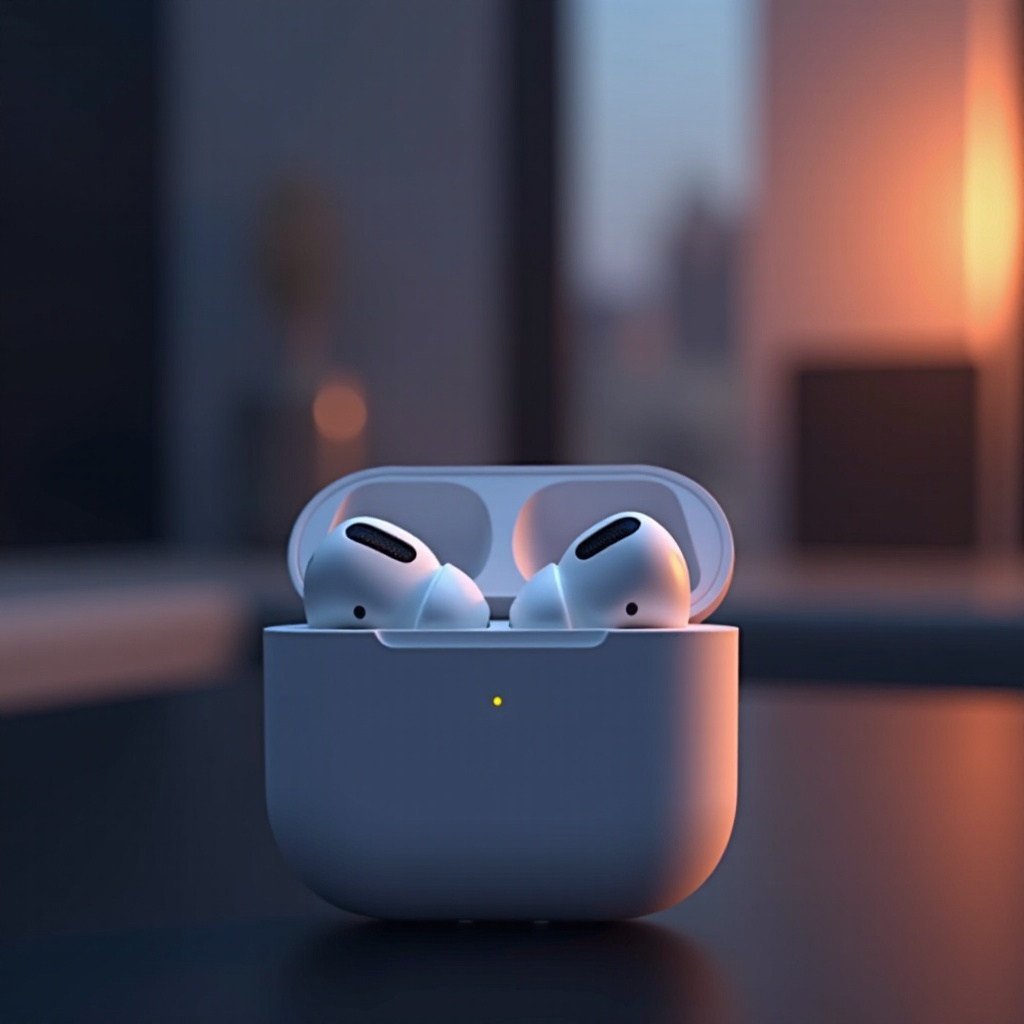Introduction
Apple’s AirPods have not only revolutionized the wireless audio experience but have also set a benchmark for cutting-edge features like noise cancelling. Understanding how noise cancelling functions can dramatically improve your listening experience and help you get the most out of your AirPods. This article explains the intricate workings of noise cancelling technology in AirPods and offers insights into its benefits, comparisons with other headphones, and tips to maximize its performance.
Understanding Noise Cancelling Technology
Noise cancelling technology is essential for creating an immersive audio environment. It employs two main methods: active noise cancelling (ANC) and passive noise cancelling (PNC).
-
Active Noise Cancelling: This technology involves using advanced hardware and software to actively counteract ambient noise. Miniature microphones in the AirPods capture environmental sounds. The system then generates sound waves that are the exact opposite, effectively neutralizing these external noises.
-
Passive Noise Cancelling: Depending on the physical design and materials of the headphones, PNC blocks noise. While somewhat effective on its own, it doesn’t provide the all-encompassing cancellation achieved by ANC.
Together, ANC and PNC create a serene soundscape that lets you focus entirely on your music or calls without distraction.
The Technology Behind AirPods’ Noise Cancelling
AirPods utilize state-of-the-art technology to deliver exceptional noise cancelling, blending hardware and software seamlessly.
-
Microphones and Sensors: Each AirPod is equipped with dedicated microphones and sensors to detect both internal and external sounds. The external microphone records ambient noise, while an internal microphone monitors sound inside your ear canal, ensuring real-time noise management.
-
Software and Algorithms: The core of AirPods’ noise cancelling is its complex software algorithms. These algorithms analyze incoming noise and produce an anti-noise signal to cancel it out. The technology adjusts dynamically to ensure optimal noise suppression.
-
Unique Features: AirPods include features like ‘Transparency Mode,’ allowing important external sounds to pass through. This is especially useful in situations where you need to stay alert to your surroundings, such as in traffic or when listening for transit announcements.

Benefits of Noise Cancelling on AirPods
The benefits of noise cancellation extend beyond simply eliminating ambient sounds. AirPods enhance your listening experience by providing several key advantages:
-
Enhanced Audio Quality: ANC ensures that music, podcasts, or calls aren’t competing with background sounds, allowing for crisp and rich audio.
-
Focus and Productivity: Noise cancelling reduces distractions, fostering an environment conducive to concentration, whether you’re at a bustling office or a noisy café.
-
Hearing Protection: With less need to increase the volume to mask ambient noise, ANC can help prevent long-term hearing damage.
Understanding these benefits will help you appreciate the investment in noise cancelling technology and optimize its use in diverse environments.
Overcoming Challenges and Maximizing Performance
Even though AirPods’ noise cancelling is impressive, you might encounter some challenges, which are usually simple to troubleshoot.
-
Ensure a Proper Fit: The effectiveness of noise cancelling is significantly influenced by how well the AirPods fit. A snug fit is crucial for satisfactory performance in both passive and active cancellation.
-
Update Software Regularly: Periodically updating your AirPods’ firmware can resolve performance issues and enhance noise-cancelling capabilities.
-
Check Settings: Adjust your device’s settings to ensure noise cancelling features are active and correctly configured.
By addressing these areas, you can enhance the performance of your AirPods, ensuring you experience premium noise-cancelling capabilities daily.

Comparing AirPods to Other Noise Cancelling Headphones
In the crowded market of noise-cancelling headphones, AirPods stand out thanks to their integration with the Apple ecosystem and unique features.
-
Seamless Integration: AirPods work effortlessly with other Apple devices, offering features like instant pairing and easy switching between devices.
-
Portability: Their compact design offers excellent portability without sacrificing audio quality, appealing to those who are always on the move.
-
Unique Features: Options like ‘Spatial Audio’ and dynamic head tracking set AirPods apart by offering an immersive audio experience that adapts to user movements.
Compared to competitors, AirPods strike a balance of convenience, innovation, and reliability, making them a top choice for consumers seeking quality noise-cancelling headphones.
Conclusion
AirPods’ noise cancelling technology exemplifies modern engineering, providing a superior listening experience that enriches music, calls, and media consumption. Through advanced integration of hardware and software, AirPods create an immersive atmosphere that minimizes distractions and maximizes audio clarity. Understanding the operation, benefits, and competitive features of AirPods equips you with the knowledge needed to make the most of your device.
Frequently Asked Questions
How effective is noise cancelling on AirPods during travel?
AirPods’ noise cancelling is highly effective in environments like airplanes, significantly reducing ambient noise such as engine hum, providing a more relaxed journey.
Does noise cancelling drain the battery faster on AirPods?
Using noise cancelling features does consume more power, slightly reducing battery life, although Apple optimizes power consumption to maintain efficiency.
Can I still hear important announcements with AirPods’ noise cancelling on?
With ‘Transparency Mode,’ you can allow some external sounds to come through, enabling you to hear important announcements while using your AirPods.
